Here goes Deb again on one of her rants… and here comes the comment storm 😉 Personally, I’m a pretty big fan of open source and believe that it’s got a place — maybe not on my Mom’s computer, but certainly in many other areas. Anyway, read on and comment away… — Alex
It’s “common knowledge” in some circles that open source software is “better” – but is it true? Does software really want to be free? Is software created by committee really more secure? Do those who push open source (or at least some of them) have something besides software to sell?
I hear it all the time: open source is supposedly more inherently secure than proprietary commercial software, because it’s “peer reviewed.” That’s the magic that the open sourcerers invoke, but they’ve never really explained to my satisfaction how opening up the kernel to any and everybody can make a program more secure. I can see how it could make for more features, but I can’t see how it makes for more security.
The ironic thing is that many of those same people who tell me that open source software is more secure are also warning us that we can’t rely on information we find in Wikipedia. Why? Because it’s open to any and everyone to post articles. It follows the same “peer review” model as open source software. So why is being open a bad thing in one case and a good thing in the other?
I have nothing against open source software. I just don’t buy into the “it’s better because it’s open source” propaganda. I use some open source programs, and although they generally don’t work as well and aren’t as user friendly as commercial programs, the price is right. My dad always told me that, in general, you get what you pay for, so I don’t expect as much of something I’m not paying for.
But open source doesn’t always mean it’s free, either. Let’s take a look at Linux, for example. Depending on the distribution, prices run the gamut from free download to hundreds of dollars. Open source server software can be quite expensive. Even when the software doesn’t cost anything upfront, there may be hidden costs involved in using it. Because the free versions don’t provide any technical support, there are plenty of people making money supporting open source products. And if your time is worth money (mine certainly is), time spent compiling a kernel or writing your own drivers is going to cost you.
Of course, some people would prefer to spend $500 in extra time than $200 out of their pockets, and that’s their choice. But you have to admit it’s a bit insidious, sort of like the way people who never see all that money coming out of their weekly paychecks seem to think the government is giving them some sort of gift when they get their tax refunds. But as the website for the GNU project (which developed licenses for open source software) says, “Free software is a matter of liberty, not price.”
Now, if you’re a programmer type who wants to be able to rewrite the program code for your own purposes, open source is a great choice for you. But the vast majority of regular computer users just want software that works and don’t want or need access to the source code. I had a friend who ranted and raved about Microsoft operating systems for years. Finally, about a year ago, he decided he’d had enough and he was going to run Linux from now on. Within six months, he was back to XP. Why? “I never realized how easy Windows really is to use until I tried Linux.”
In fact, I have a lot of friends who complain incessantly about how bad Windows is and talk about what a great idea open source is, but who are still using Windows. If you ask them why, they tell you it’s because “Microsoft has a monopoly.” Huh? There are dozens of distributions of Linux available. Some of them are free. There’s nothing stopping those folks from wiping Windows right off their hard disks and running open source. So why don’t they?
Another thing my dad always told me was that actions speak louder than words. I respect the open source advocate who actually uses open source software. I don’t put much credence in the complaints of the Windows bashers who keep on using Windows.
And if you really believe in “freedom” when it comes to software, how about letting those of us who prefer to use Windows do so without condemning us for that choice? It doesn’t matter to me what software anyone else uses. So why are the open sourcerers always trying so hard to convert me?
Does software really want to be free? I guess some of it does and some of it doesn’t. It’s just as silly to expect every software company or developer to give their products away as it is to expect Sears to give away refrigerators and furniture. Sure, you can go to Craig’s List and find all sorts of appliances and such that are free for the asking. And if that’s the way you choose to outfit your house, that’s fine with me. But don’t look down on me if I choose to pay for my new dishwasher, okay?
At least if my store-bought dishwasher doesn’t get my dishes clean or my paid- for programs don’t work the way they’re supposed to, I feel justified in complaining about it, and maybe I’ll even get something done about it. If I find myself stuck with a hunk of junk that some stranger gave away or my free download hoses my system, what am I going to do? Ask for my money back?
How about you? Do you buy the idea that being “open” makes software more secure, or automatically makes it “better” or somehow morally superior to closed source software? Have you tried open source operating systems? Did you come back to Windows or do you still use Windows for some of your computers? If so, why? Do you get tired of being looked down on because you haven’t gone “pure open source?” If you use both open source and proprietary software, what do you like and dislike about each?
Deb Shinder
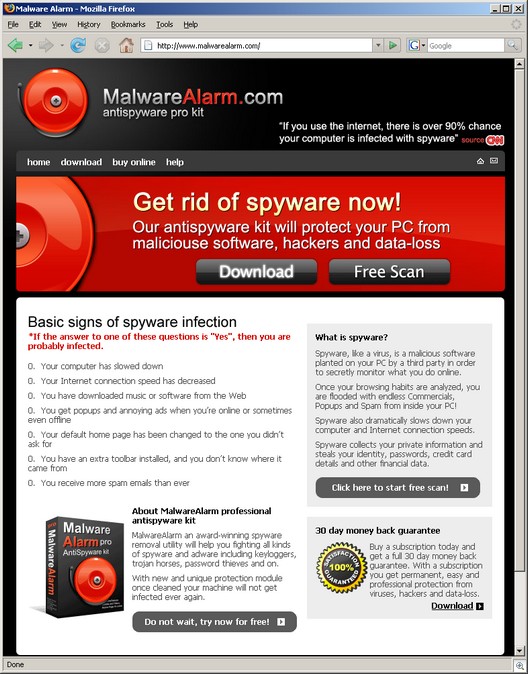




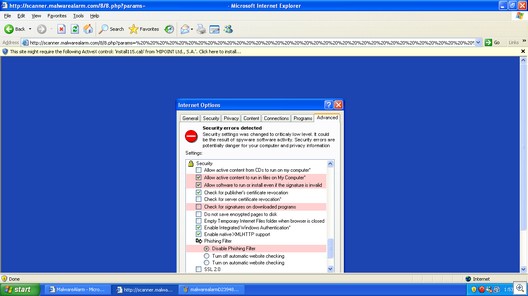

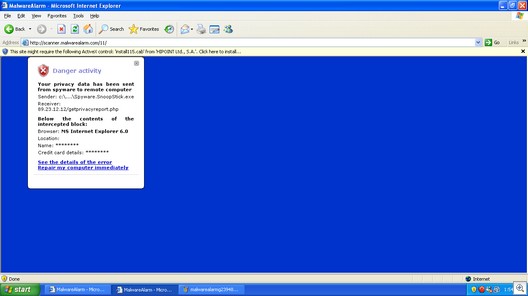
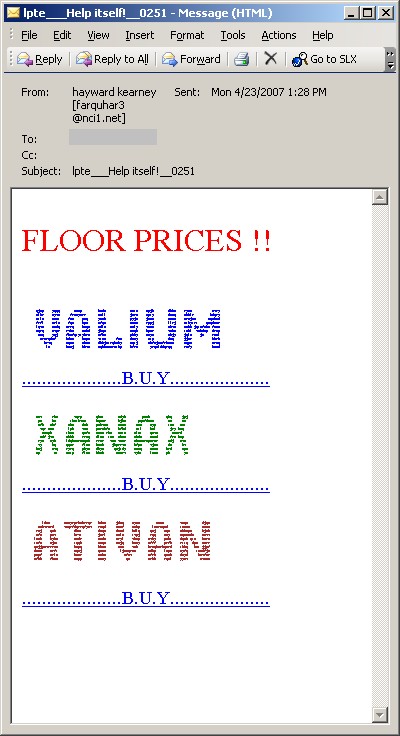














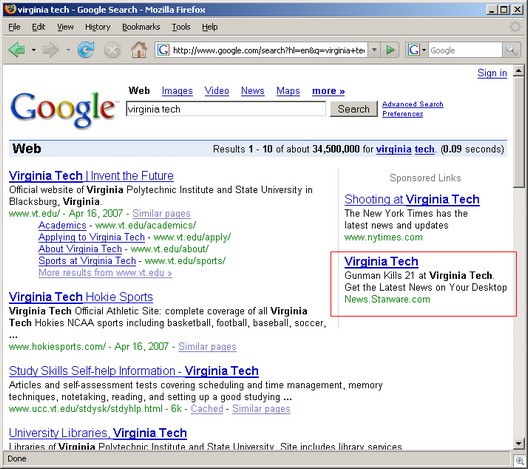
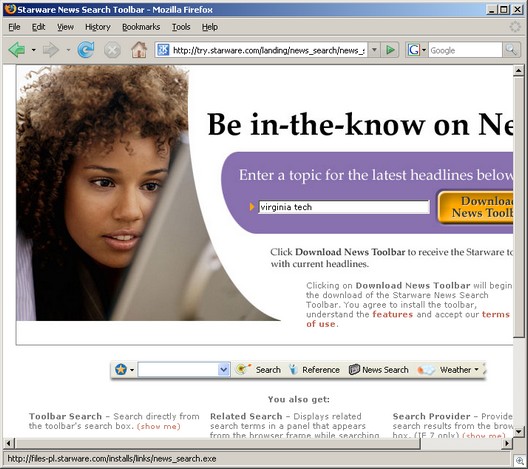





 Vista Reliability Monitor
Vista Reliability Monitor